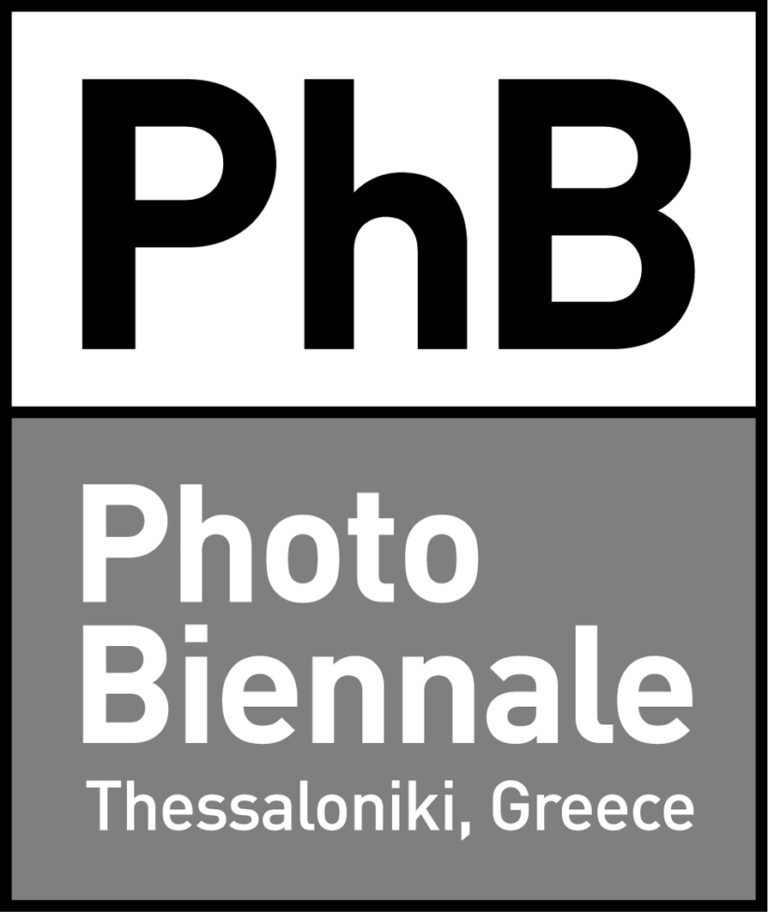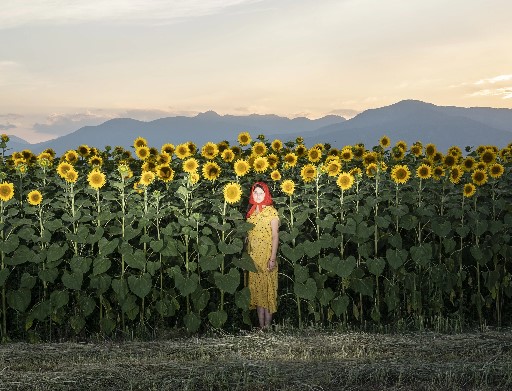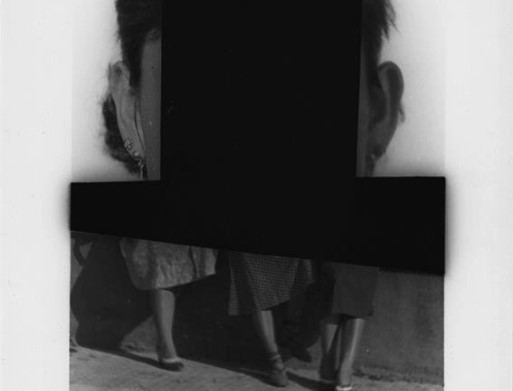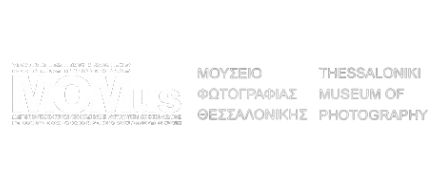At the dawn of the new century, we are witnessing the renaissance and democratisation of the photographic book in Greece. The exhibition Poetics, Materialities, Performances: Greek Photographic Books 2020-2023 documents this evolution and explores its characteristics. Several factors have influenced this development. The advent of new digital technologies enabled cost-efficient production, self-publishing, and international dissemination. The relatively delayed institutionalisation of photography as an art form on par with painting and sculpture within the Greek art scene, played an equally significant role, resulting in a notable increase in museum publications.
Furthermore, as photographic books respond to and reflect diverse pictorial approaches and trends, this curatorial proposition seeks to offer a concise overview of contemporary photographic practices. To this end, the selection is cross-generational and includes books that retrospectively cover a broader context of practice dating back to the 1970s. It encompasses monographs that may focus on a specific topic, publications presenting one or more bodies of work, curated retrospectives of a practitioner’s oeuvre, as well as expanded exhibition publications and self-published books. The books on display present a kaleidoscope of photographic practices, ranging from landscape, street, studio, directorial, and diaristic photography to social documentary, conflict photography, and re-articulations of “the photographic,” which often arise from the intersection of photography with various other media, such as digital media and painting. They also address a wide array of topics: identities, the Greek crisis, history and collective memory, the interplay between nature and culture, communities, societal issues, politics.
The title of the exhibition indicates three methodological approaches to the materials. Poetics, that is, the storytelling mechanisms, the editing and sequencing of the photographs, the dialectical juxtaposition of text, images, and graphic design, plays a pivotal role in this exploration. Equally significant are the materiality and objecthood of these publications, including their size and format, the paper thickness and texture, all of which are integral parts of their narrative and haptic experience. Lastly, the exhibition highlights how photographic books perform as visual and textual propositions and as cultural experiences, and examines the impact these performances have on audiences and the histories of Greek photography.
The purpose of a book is to be leafed through and read. In line with this principle, the exhibition is designed as an interactive display that invites touch and contemplation. Here, visitors are not passive spectators but active participants whose individuality determines the ways the books are handled and their journey of multiple associations.





